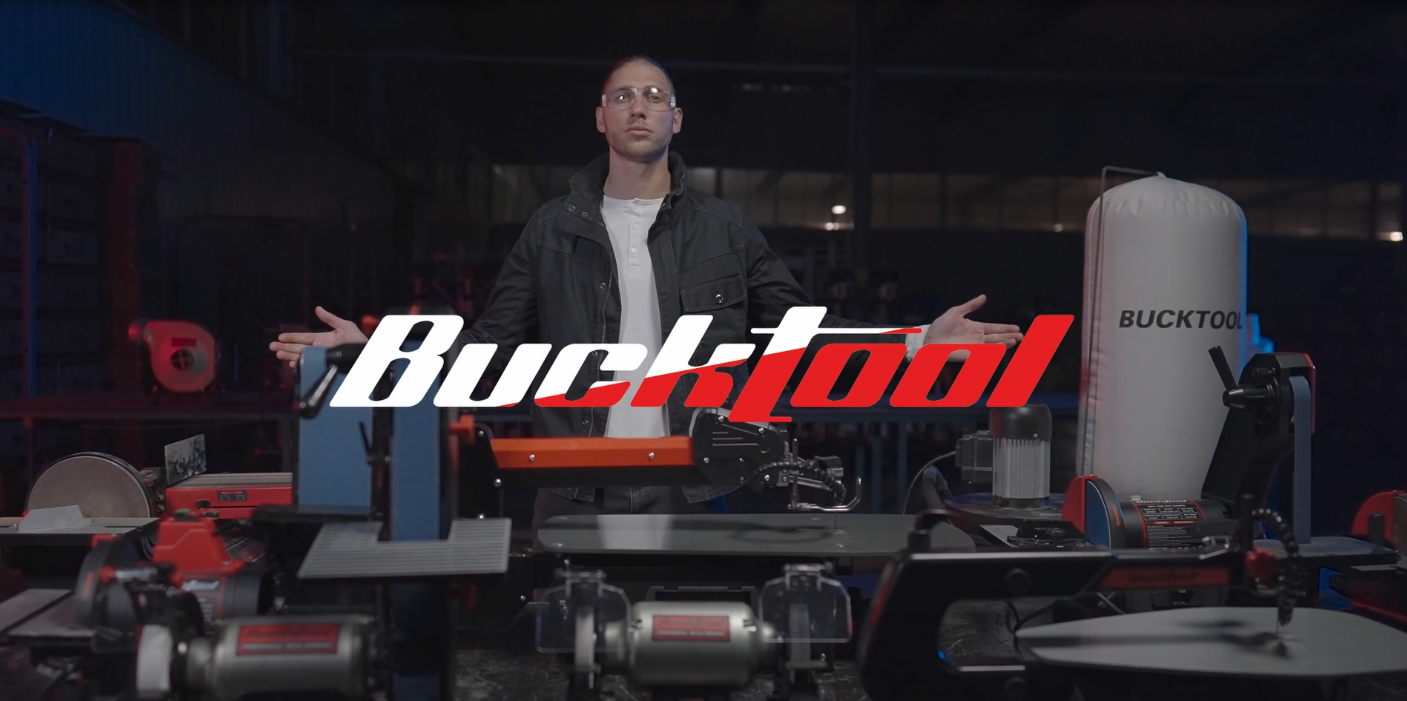Allwin Power Tools provides dust collection systems ranging from a small portable dust collection solution to a central system for a well equipped two car garage sized shop.
How Dust Collectors Are Rated
Dust collectors are designed and rated to produce a sufficient air moving force to capture and move woodworking debris under certain conditions. Nearly all manufacturers publish ratings for individual dust collectors including:
Air velocity in feet per minute (fpm)
Air volume in cubic feet per minute (cfm)
Maximum static pressure (sp)
Affordable, Portable Systems
A portable dust collector is a good option if your priorities are affordability and simplicity. A portable dust collector is moved from machine to machine, keeping it in close proximity of the tool it's servicing and limiting the static pressure losses caused by long runs of ductwork. There's a minimum amount of set-up involved - the dust collector connects to the dust collection port of the tool it's servicing with a short length of flexible hose and a keyed hose clamp.
A large, powerful dust collector will move more air with more friction-overcoming force than a small, portable dust extractor, and therefore can be used to service machinery that produces greater volumes of debris and have greater cfm requirements. Also, because of their greater capacity for overcoming static pressure losses, more powerful dust collectors can be situated farther away from individual machines, making them more advantageous for central dust collection systems.
Central Dust Collection Systems
In a central dust collection system, the dust collector stays in one place in the shop and is connected to the woodworking tools it services with a system of ductwork. A central system has a couple of advantages over a portable system. The central dust collection unit can be placed in an out-of-the-way location where it doesn't take up the most valuable space in your shop. Also, a central system is permanently connected to your tools, meaning that you can move from tool to tool freely, without having to stop work to transfer the dust collector's connection.
Choosing A Dust Collector

Tags: Dust collection

1 comment
Jim Malone
It would be helpful to include a table with the most common shop tool and the cfm they require. For example, a table saw needs ~500 cfm, etc. a router needs XXX cfm, etc.